-
 Bitcoin
Bitcoin $118400
0.47% -
 Ethereum
Ethereum $3836
2.20% -
 XRP
XRP $3.157
2.98% -
 Tether USDt
Tether USDt $0.9999
-0.03% -
 BNB
BNB $801.5
1.31% -
 Solana
Solana $180.9
2.07% -
 USDC
USDC $0.9999
-0.02% -
 Dogecoin
Dogecoin $0.2225
2.50% -
 TRON
TRON $0.3285
-1.02% -
 Cardano
Cardano $0.7789
2.60% -
 Hyperliquid
Hyperliquid $43.60
2.39% -
 Sui
Sui $3.892
4.41% -
 Stellar
Stellar $0.4229
3.34% -
 Chainlink
Chainlink $18.01
3.98% -
 Hedera
Hedera $0.2745
6.77% -
 Bitcoin Cash
Bitcoin Cash $582.3
3.38% -
 Avalanche
Avalanche $23.77
1.04% -
 Ethena USDe
Ethena USDe $1.001
0.01% -
 Toncoin
Toncoin $3.493
3.59% -
 Litecoin
Litecoin $110.0
2.48% -
 UNUS SED LEO
UNUS SED LEO $8.936
-0.37% -
 Shiba Inu
Shiba Inu $0.00001304
2.49% -
 Uniswap
Uniswap $9.999
1.09% -
 Polkadot
Polkadot $3.897
3.26% -
 Monero
Monero $308.6
-0.83% -
 Dai
Dai $0.9999
-0.01% -
 Bitget Token
Bitget Token $4.504
-0.04% -
 Pepe
Pepe $0.00001154
2.95% -
 Cronos
Cronos $0.1471
3.06% -
 Ethena
Ethena $0.6691
19.53%
How to read the KDJ indicator after forming three golden crosses at a low level and then rising in volume?
A triple KDJ golden cross below 20, confirmed by rising volume on the 4-hour chart, signals a high-probability bullish reversal in crypto markets.
Jul 30, 2025 at 07:36 am

Understanding the KDJ Indicator and Its Components
The KDJ indicator is a momentum oscillator widely used in cryptocurrency trading to identify overbought and oversold conditions. It consists of three lines: the %K line, the %D line, and the %J line. The %K line is the fastest and reflects the current price momentum. The %D line is a smoothed version of %K, typically a 3-period moving average of %K, making it less volatile. The %J line is derived from the formula J = 3 × %K – 2 × %D, which makes it the most sensitive and often extends beyond the 0–100 range. Traders monitor crossovers between %K and %D to detect potential trend reversals. When all three lines are below 20, the market is considered oversold, increasing the likelihood of a bullish reversal.
Interpreting the Formation of Three Golden Crosses at a Low Level
A golden cross in the KDJ context occurs when the %K line crosses above the %D line from below, especially when both are in the oversold region (below 20). When this crossover happens three times consecutively at a low level, it signals strong underlying buying pressure despite repeated pullbacks. Each golden cross indicates a failed bearish attempt to push prices lower. The repetition enhances the reliability of the signal. Traders should verify that each cross occurs near or below the 20 threshold and that the %J line does not remain deeply negative, which could suggest lingering weakness. The clustering of these crosses suggests consolidation before a potential breakout. It is crucial to ensure that the three crosses are distinct and not just minor fluctuations within a narrow range.
Analyzing Volume Surge After the Third Golden Cross
After the third golden cross, a rise in trading volume confirms the strength of the emerging bullish trend. Volume acts as a validation tool: without increased volume, the signal may be a false breakout. When volume expands significantly—typically 1.5 to 2 times the average volume over the past 10–20 periods—it indicates strong participation from buyers. In the context of cryptocurrency markets, where volatility is high, sudden volume spikes often precede substantial price movements. To assess volume properly:
- Compare current volume to the 20-period average volume.
- Look for volume bars that are visibly taller than recent ones on the chart.
- Confirm that the price increase coincides with the volume surge, not precedes or lags it.
- Use volume profile tools to identify if the surge occurs at key support levels or breakout points.
Chart Setup and Timeframe Considerations
The effectiveness of the KDJ triple golden cross signal depends heavily on the chart timeframe used. On shorter timeframes like 15-minute or 1-hour charts, the signal may generate frequent but less reliable entries due to market noise. For more robust signals, traders should focus on the 4-hour or daily charts. On these timeframes, a triple golden cross followed by volume expansion carries more weight. Ensure the KDJ settings are standard: 9, 3, 3 (9-period %K, 3-period %D, and 3-period smoothing for %J). Adjusting these values may distort the signal. Overlay the KDJ on a candlestick chart with volume bars enabled. Align the indicator window below the price chart for simultaneous analysis. Use horizontal lines at 20 and 80 to mark oversold and overbought zones.
Entry and Confirmation Strategies
Once the three golden crosses and volume surge are confirmed, traders can plan entries using the following steps:
- Wait for the price to close above the high of the candle where the volume spike occurred.
- Confirm that the %K and %D lines continue to rise and remain above 20.
- Ensure the %J line moves above 0, indicating momentum shift.
- Place a buy order at the close of the confirmation candle.
- Set a stop-loss just below the lowest low of the three golden cross formations.
- Use a risk-reward ratio of at least 1:3, targeting resistance levels or Fibonacci extensions.
Avoid entering before volume confirmation, as premature trades may result in losses during fakeouts. Use additional tools like moving averages or RSI to strengthen the signal.
Managing Risk and Position Sizing
Even strong KDJ signals carry risk, especially in highly volatile crypto markets. Proper risk management is essential. Never allocate more than 1–2% of total capital to a single trade based on this setup. Use trailing stops to lock in profits if the trend extends. Monitor for divergence between price and KDJ—if price makes higher highs but KDJ fails to do so, it may signal weakening momentum. Exit positions gradually rather than all at once. Consider reducing position size if the market is in a broader downtrend or if macroeconomic factors (e.g., regulatory news) create uncertainty. Always backtest this strategy on historical data across multiple cryptocurrencies like BTC, ETH, or BNB to evaluate consistency.
Frequently Asked Questions
What if the three golden crosses occur above the 20 level?
If the crosses happen above 20, they lose their oversold significance. The signal is strongest when all three occur below 20. Crosses above 20 may indicate a continuation rather than a reversal and should be treated with caution.
Can the KDJ triple golden cross work in a sideways market?
Yes, but with lower reliability. In ranging markets, KDJ often generates false signals due to frequent oscillations. Combine it with Bollinger Bands or support/resistance levels to filter entries.
How long should I wait for volume to confirm after the third cross?
Ideally, volume should increase within 1 to 3 candles after the third golden cross. Delays beyond this may indicate weak momentum. Use a volume moving average to spot deviations quickly.
Is the KDJ indicator suitable for all cryptocurrencies?
It works best on high-liquidity coins like Bitcoin and Ethereum. Low-cap altcoins with erratic volume may produce misleading KDJ readings. Always verify with on-chain data or order book depth.
Disclaimer:info@kdj.com
The information provided is not trading advice. kdj.com does not assume any responsibility for any investments made based on the information provided in this article. Cryptocurrencies are highly volatile and it is highly recommended that you invest with caution after thorough research!
If you believe that the content used on this website infringes your copyright, please contact us immediately (info@kdj.com) and we will delete it promptly.
- Ozak AI: Can This Underdog Crypto Achieve a Bull Run to $1?
- 2025-07-31 22:30:12
- Coinbase Breach: Navigating Insider Risk and Bolstering Security
- 2025-07-31 23:11:55
- Bitcoin Rebounds, WeWake Presale Gains Traction: What's the Buzz?
- 2025-07-31 22:30:12
- Bitcoin, Altcoins, and Volume Watchlists: Decoding the Crypto Landscape
- 2025-07-31 23:11:55
- Tron, Fartcoin, and BlockchainFX: What's Trending (and What's Not) in the Crypto World
- 2025-07-31 21:32:19
- Bitcoin, Corporate Investments, and Sustainability: A New Era or Fleeting Fad?
- 2025-07-31 20:50:14
Related knowledge

How can you use the MACD histogram to determine trend strength?
Jul 31,2025 at 11:10pm
Understanding the MACD Histogram and Its ComponentsThe MACD (Moving Average Convergence Divergence) histogram is a visual representation of the differ...
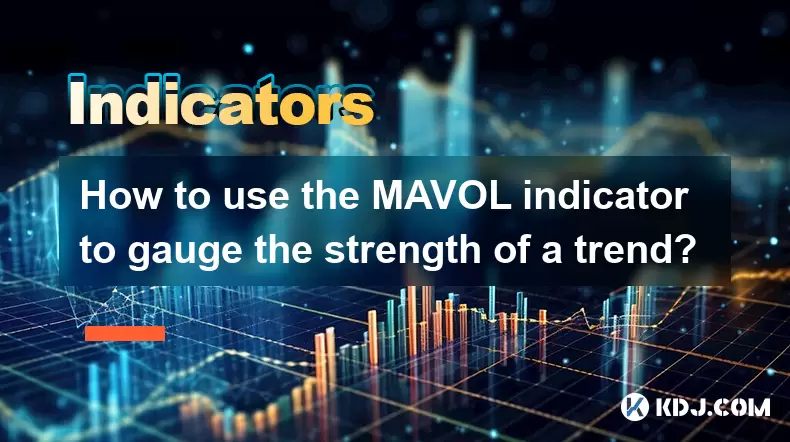
How to use the MAVOL indicator to gauge the strength of a trend?
Jul 31,2025 at 09:57pm
Understanding the MAVOL Indicator in Cryptocurrency TradingThe MAVOL indicator, short for Moving Average of Volume, is a technical analysis tool widel...
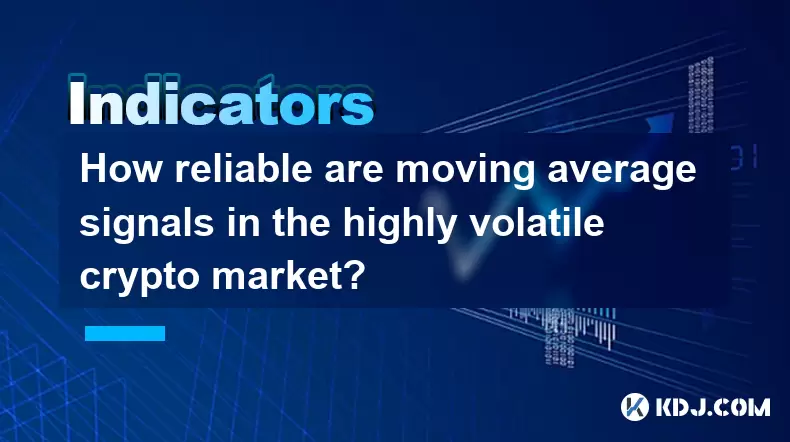
How reliable are moving average signals in the highly volatile crypto market?
Jul 31,2025 at 08:36pm
Understanding Moving Averages in Cryptocurrency TradingMoving averages (MAs) are among the most widely used technical indicators in the cryptocurrency...
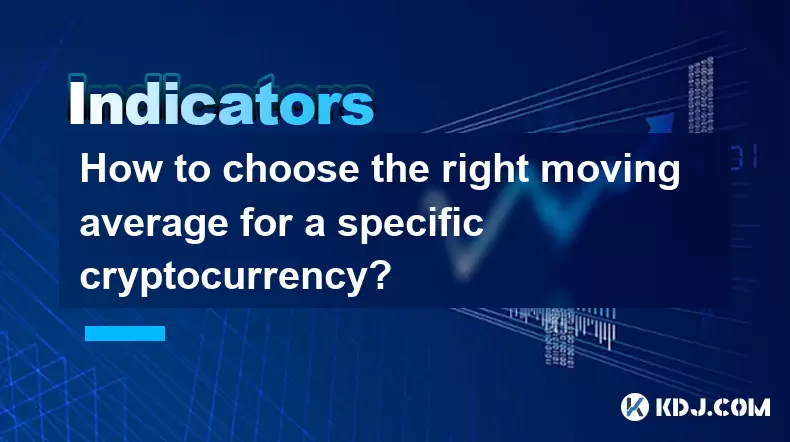
How to choose the right moving average for a specific cryptocurrency?
Jul 31,2025 at 10:29pm
Understanding the Role of Moving Averages in Cryptocurrency TradingMoving averages are foundational tools in technical analysis, widely used by crypto...
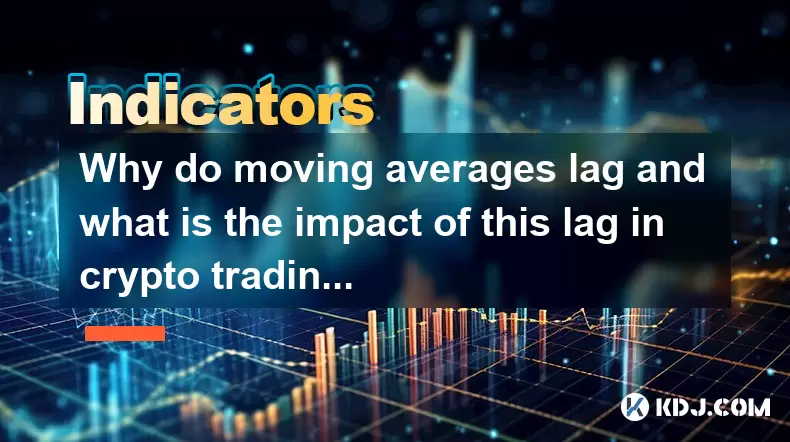
Why do moving averages lag and what is the impact of this lag in crypto trading?
Jul 31,2025 at 08:07pm
Understanding the Concept of Moving Averages in Crypto TradingMoving averages are among the most widely used technical indicators in cryptocurrency tr...
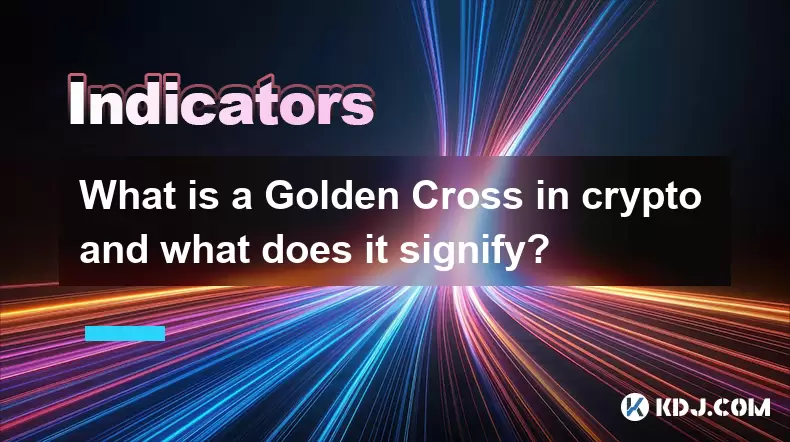
What is a Golden Cross in crypto and what does it signify?
Jul 31,2025 at 10:36pm
Understanding the Golden Cross in Cryptocurrency MarketsThe Golden Cross is a technical analysis pattern widely observed in cryptocurrency trading. It...

How can you use the MACD histogram to determine trend strength?
Jul 31,2025 at 11:10pm
Understanding the MACD Histogram and Its ComponentsThe MACD (Moving Average Convergence Divergence) histogram is a visual representation of the differ...

How to use the MAVOL indicator to gauge the strength of a trend?
Jul 31,2025 at 09:57pm
Understanding the MAVOL Indicator in Cryptocurrency TradingThe MAVOL indicator, short for Moving Average of Volume, is a technical analysis tool widel...

How reliable are moving average signals in the highly volatile crypto market?
Jul 31,2025 at 08:36pm
Understanding Moving Averages in Cryptocurrency TradingMoving averages (MAs) are among the most widely used technical indicators in the cryptocurrency...

How to choose the right moving average for a specific cryptocurrency?
Jul 31,2025 at 10:29pm
Understanding the Role of Moving Averages in Cryptocurrency TradingMoving averages are foundational tools in technical analysis, widely used by crypto...

Why do moving averages lag and what is the impact of this lag in crypto trading?
Jul 31,2025 at 08:07pm
Understanding the Concept of Moving Averages in Crypto TradingMoving averages are among the most widely used technical indicators in cryptocurrency tr...

What is a Golden Cross in crypto and what does it signify?
Jul 31,2025 at 10:36pm
Understanding the Golden Cross in Cryptocurrency MarketsThe Golden Cross is a technical analysis pattern widely observed in cryptocurrency trading. It...
See all articles

























































































